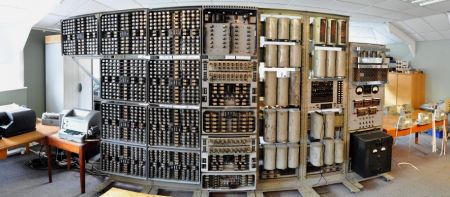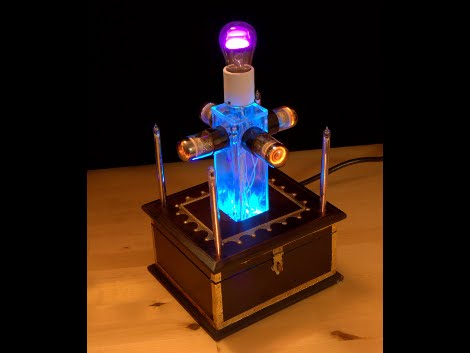
This is the WHICH, the Wolverhampton Instrument for Teaching Computing from Harwell. It is the oldest functioning digital computer and thanks to a lengthy restoration process you can go and see it in person at The National Museum of Computing in Milton Keynes (Northwest of London in the UK).
The system was first put into operation in 1951. It’s function is both familiar and foreign. First off, it uses decimal rather than binary for its calculations. And instead of transistors it uses electromechanical switches like are found in older automatic telephone exchanges. This makes for very noisy and slow operation. User input is taken from strips of paper with holes punched in them. As data is accumulated it is shown in the registers using decatrons (which have since become popular in hobby projects). Luckily we can get a look at this in the BBC story about the WITCH.
According to the eLinux page on the device, it was disassembled and put into storage from 1997 until 2009. At that point it was loaned to the museum and has been undergoing cleaning, reassembly, and repair ever since.
[Thanks David]













